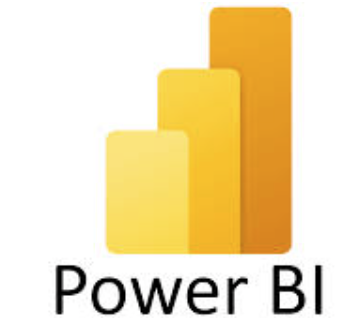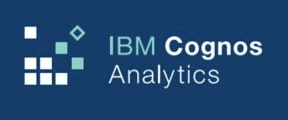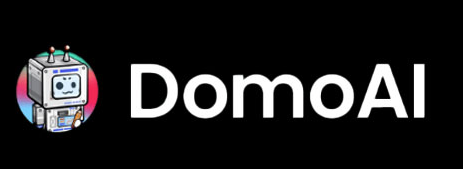In a world drowning in data, visualization is the lifeboat that keeps us afloat. But creating meaningful, actionable visuals from raw data isn’t easy—at least, it didn’t used to be. Enter AI-powered data visualization tools, which promise to transform complex datasets into stunning, easy-to-understand visuals with just a few clicks.
But here’s the burning question: Are these AI tools making data analysts obsolete? Or are they simply empowering analysts to focus on higher-level insights? Let’s dive into the best AI tools for data visualization in 2025, explore their capabilities, and address the controversy surrounding their use.
Why AI Is Revolutionizing Data Visualization
Traditional data visualization tools like Excel and static dashboards are no longer enough. Today’s businesses need real-time, interactive visuals that can adapt to rapidly changing data. AI tools are stepping in to fill this gap, offering:
Automated Insights: AI identifies trends and anomalies you might miss.
Time Savings: No more manual chart creation—AI does it for you.
Customization: Tailored visuals that fit your audience and goals.
Whether you’re a data scientist, marketer, or business leader, these tools can help you turn insights into action faster than ever.
Top AI Tools for Data Visualization in 2025
1. Tableau (with AI-Powered Ask Data)

Tableau has long been a leader in data visualization, and its AI-driven "Ask Data" feature takes things to the next level.
Features: Natural language queries, predictive analytics, and real-time dashboards.
Best For: Businesses looking to democratize data access across teams.
Highlight: Users can type questions like "What were sales last quarter?" and get instant, interactive visuals.
Pricing: Starts at $70/user/month.
2. Microsoft Power BI (with AI Insights)

Microsoft Power BI integrates seamlessly with other Microsoft tools and offers AI-powered insights to enhance decision-making.
Features: Automated machine learning, natural language processing, and data prep.
Best For: Enterprises already using the Microsoft ecosystem.
Highlight: The "Smart Narrative" feature, which generates text summaries of your visuals.
Pricing: Starts at $9.99/user/month.
3. Qlik Sense (Augmented Analytics)

Qlik Sense uses augmented analytics to uncover hidden insights in your data.
Features: AI-driven recommendations, conversational analytics, and self-service dashboards.
Best For: Teams that need advanced analytics without a steep learning curve.
Highlight: Its "Insight Advisor", which suggests the best visualizations based on your data.
Pricing: Starts at $30/user/month.
4. IBM Cognos Analytics

IBM Cognos Analytics combines traditional BI capabilities with modern AI features.
Features: Automated data prep, AI-driven insights, and natural language querying.
Best For: Enterprises needing robust, scalable analytics solutions.
Highlight: Its "AI Assistant", which helps users explore data without needing technical skills.
Pricing: Custom pricing based on usage.
5. Domo

Domo is an all-in-one platform that combines data visualization with AI-driven insights.
Features: Real-time data integration, predictive analytics, and interactive dashboards.
Best For: Businesses needing to visualize data from multiple sources.
Highlight: Its ability to handle massive datasets without sacrificing performance.
Pricing: Custom pricing based on features and users.
6. AnswerRocket

AnswerRocket is a newer player in the AI visualization space, focusing on natural language querying.
Features: AI-driven insights, automated reports, and predictive analytics.
Best For: Teams that want quick answers without building dashboards.
Highlight: Its ability to answer complex questions like "What factors are driving sales growth?"
Pricing: Custom pricing.
How AI Tools Are Changing the Game
AI tools for data visualization are not just about creating pretty charts—they’re about empowering decision-making. Here’s how they’re making an impact:
Democratizing Data: Tools like Tableau and Power BI make data accessible to non-technical users.
Accelerating Insights: AI identifies trends and anomalies in seconds, saving hours of manual analysis.
Enhancing Collaboration: Real-time dashboards allow teams to make decisions faster.
Improving Accuracy: AI reduces human error by automating data prep and analysis.
Challenges and Ethical Considerations
Despite their benefits, AI tools come with challenges:
Data Bias: AI models are only as good as the data they’re trained on.
Over-Automation: Relying too heavily on AI can lead to a lack of critical thinking.
Cost: Advanced AI tools can be expensive, making them inaccessible to smaller businesses.
The key is to use these tools as assistants, not replacements. Human expertise is still essential for interpreting and contextualizing data.
The Future of AI in Data Visualization
As AI technology continues to evolve, we can expect:
Hyper-Personalization: Visuals tailored to individual user preferences.
Real-Time Decision-Making: AI that not only visualizes data but also recommends actions.
Multimodal Interfaces: Voice-activated tools that allow users to interact with data hands-free.
The future is bright—but only for those who embrace these tools thoughtfully.
Final Thoughts: Are AI Tools Worth It?
The short answer: Yes, but with caution. AI tools for data visualization are transforming how we interact with data. They’re faster, smarter, and more intuitive than ever before. But they’re not a magic bullet. To truly unlock their potential, you need to combine them with human expertise and critical thinking.
So, are analysts becoming obsolete? Far from it. If anything, these tools are making analysts more valuable by freeing them from mundane tasks and allowing them to focus on strategy and storytelling.
See More Content about AI tools
